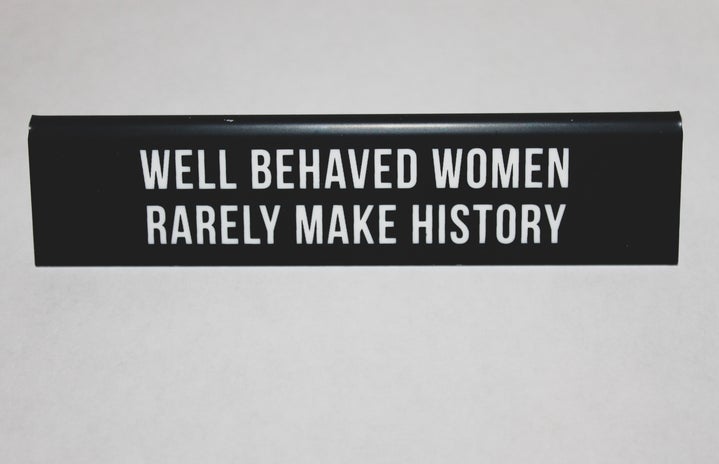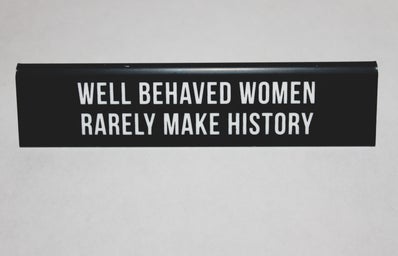Womxn’s History Month is an important time to look back on milestones of female empowerment. However, it also forces us to ask the question: if we do not fight for everyone, can we truly fight for anyone? If, as feminists, we claim to fight for the rights of a marginalized group, it is necessary to recognize the needs of other marginalized groups, whether they are discriminated against for race, sexuality, or something else entirely. Human needs, such as healthcare, education, and labor rights, are also womxn’s needs.
These three activists remind us that intersectionality is a necessity rather than an abstract ideal. They teach us not only to examine the past but to step bravely into the future, addressing injustice wherever and however we encounter it.
Image source: The Globe and Mail
1. Malala Yousafzai
Malala Yousafzai is living proof that your age and circumstances do not determine your capacity for activism. At the age of 17, she became the youngest person ever to receive a Nobel Peace Prize, awarded for her consistent dedication to universal educational rights. She first came to prominence through her speeches in Pakistan, as well as her blog posts for the BBC, affirming the rights of girls to receive an education. However, her outspoken critique of the Taliban made her a target, and in 2012 the then 15-year-old was shot in the head on her way to school.
Instead of stopping her, this attack only heightened Malala’s resolve. She recovered from her injuries and now continues her education at Oxford University. Her organization, The Malala Fund, empowers schoolgirls throughout the world and gives them a platform to make their voices heard.
Image source: Newseum
2. Nellie Bly
Elizabeth Seaman, known by her nom de plume Nellie Bly, could be considered a patron saint of investigative journalism. She began writing at the age of 16, and was initially confined to “women’s topics” such as gardening and cooking. Unsatisfied with these assignments, she began to write about social issues, and eventually moved to New York City, where she proposed her most daring idea yet. She would go undercover at an asylum in order to investigate living conditions and quality of patient treatment.
While at the asylum, she witnessed the social isolation, physical abuse, and sexual violence targeted toward patients. Nellie endured mandatory cold baths and confinement to vermin-infested cells. Her exposé gathered almost immediate results, with a grand jury being summoned to investigate the asylum’s abuses and new legislation being passed to improve asylum conditions. Nellie’s work marks a milestone in both female journalistic presence and the fight for fair and humane mental health care.
Image source: The Daily Signal
3. Dolores Huerta
Dolores Huerta was born in New Mexico in 1930, and grew up during a turbulent time for Mexican-Americans. She experienced discrimination personally throughout her childhood, witnessing violence against her family and the maltreatment of local farmhands. This led her to begin campaigning for workers’ rights. Together with activist Cesar Chavez, she founded what is now the United Farm Workers, a labor union that empowers migrant workers and fights for better working conditions.
She also organized the famous Delano grape strike in 1965, in which farm workers in California (mostly Filipinx) demanded that growers pay them an amount equal to the federal minimum wage. Despite their nonviolent approach, they were met with hostility by police and growers, and the protest lasted five years. In the end, however, the movement was successful in ensuring improved financial and health benefits for workers. Dolores’s motto “Sí, se puede,” continues to inspire us to make a difference in our community, wherever we see the need.



